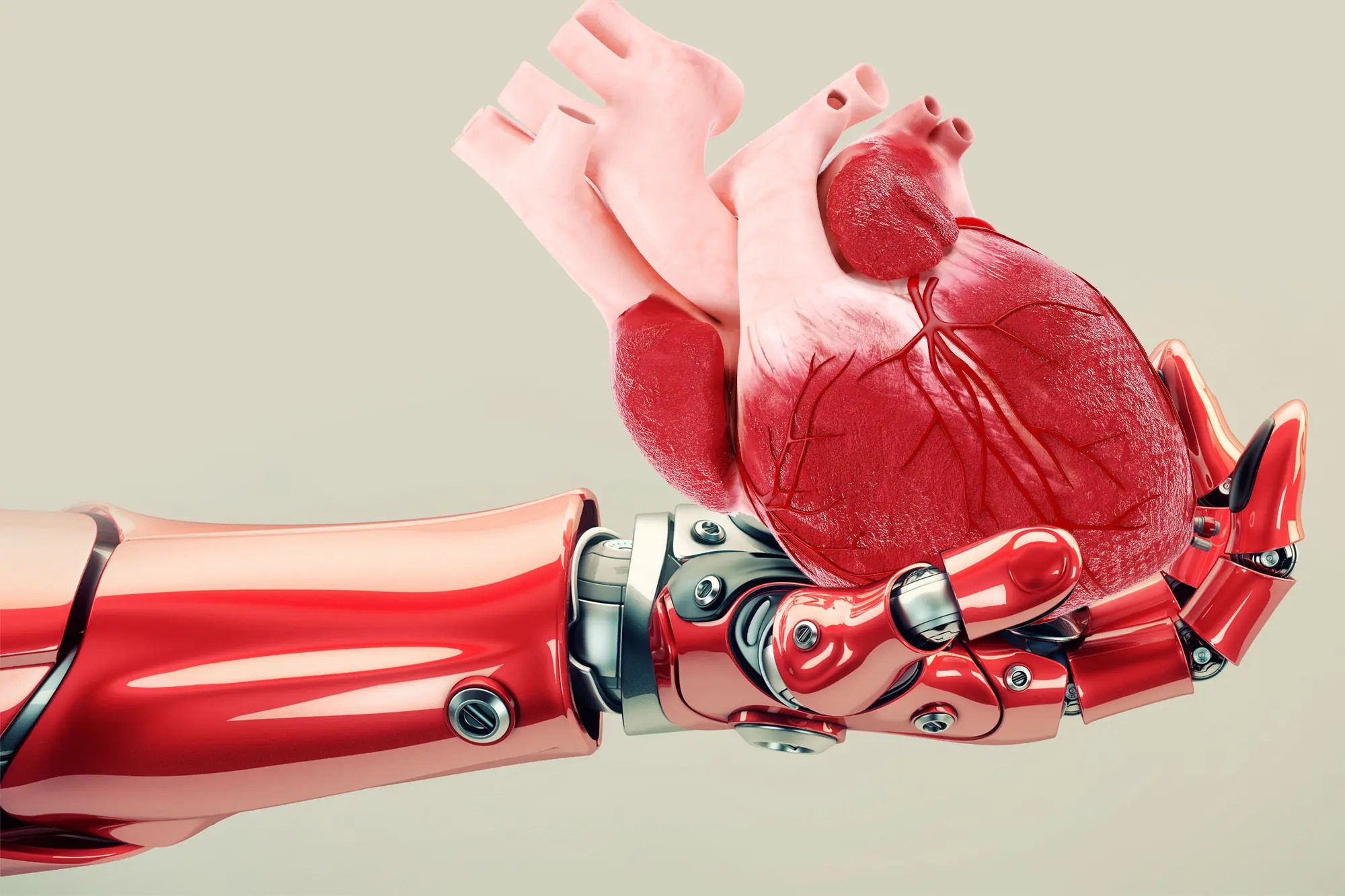Growing incidences of organ failure are one of the significant factors influencing market growth.
According to a recent analysis by Emergent Research, the worldwide artificial organ market is anticipated to reach USD 32.62 billion by 2027. The market is expanding quickly as a result of an increase in organ failure cases, particularly those involving the kidney, liver, heart, lungs, and pancreas, among other organs. Artificial organs have two main advantages over natural ones: they can be produced in large quantities and have a lower likelihood of being rejected by the body.
The increasing occurrence of crucial organ failure, together with the rising success rate and improvement in post-transplant health conditions, have all contributed to a sharp rise in the demand for organ transplantation around the world. However, the market for body part transplants is currently experiencing a scarcity due to a lack of donors to meet the growing demand. The market is expanding as a result of a considerable increase in the number of patients in need of transplants as well as a rise in patient mortality rates brought on by the lack of available organs for transplantation.
In 2012, North America was the largest market for artificial organs, followed by Europe. However, because of a growing population and greater patient and industry knowledge, the use of innovative medical bionics as a form of therapy is quickly gaining traction in emerging economies. Additionally, rising healthcare costs, rising income levels, a preference for bionics over prosthetics due to their quicker and more effective recovery, an increase in surgical procedures in place of medical tourism, and less competition than in developed nations have all increased market players’ interest in emerging markets.
The main factors expected to promote the expansion of this market are new and improved technologies, an increase in organ failure due to aging and age-related illnesses, an increase in accidents and injuries resulting in amputations, and an increase in the number of people waiting for organ transplants. However, a few crucial factors, such as the high cost of devices and the varying reimbursement policies across regions, the scarcity of surgical competence, and the expensive development costs, are limiting this market’s expansion. Rising income levels and more consumer awareness in emerging markets are two factors that present chances for new entrants in this sector.
Key participants include Zimmer Biomet, Ekso Bionics, Boston Scientific Corporation, Abiomed Inc., Heartware International Inc., Cochlear Ltd., Berlin Heart GmbH, Medtronic, Nipro Corporation, and Baxter International, among others.
Emergen Research has segmented the global artificial organs market based on organ type, technology, material type, and region:
Organ Type Outlook (Revenue, USD Billion; 2017-2027)
- Artificial Kidney
- Artificial Liver
- Artificial Heart
- Artificial Lungs
- Artificial Pancreas
- Others
Usage Outlook (Revenue, USD Billion; 2017-2027)
- Implantable
- Extracorporeal
Material Type Outlook (Revenue, USD Billion; 2017-2027)
- Silicon
- Plastic
- Steel
- Others
Regional Outlook (Revenue, USD Billion; 2017-2027)
- North America
- U.S
- Canada
- Europe
- Germany
- UK
- France
- BENELUX
- Rest of Europe
- Asia Pacific
- China
- Japan
- South Korea
- Rest of APAC
- Latin America
- Brazil
- Rest of LATAM
- MEA
- Saudi Arabia
- UAE
- Rest of MEA



































